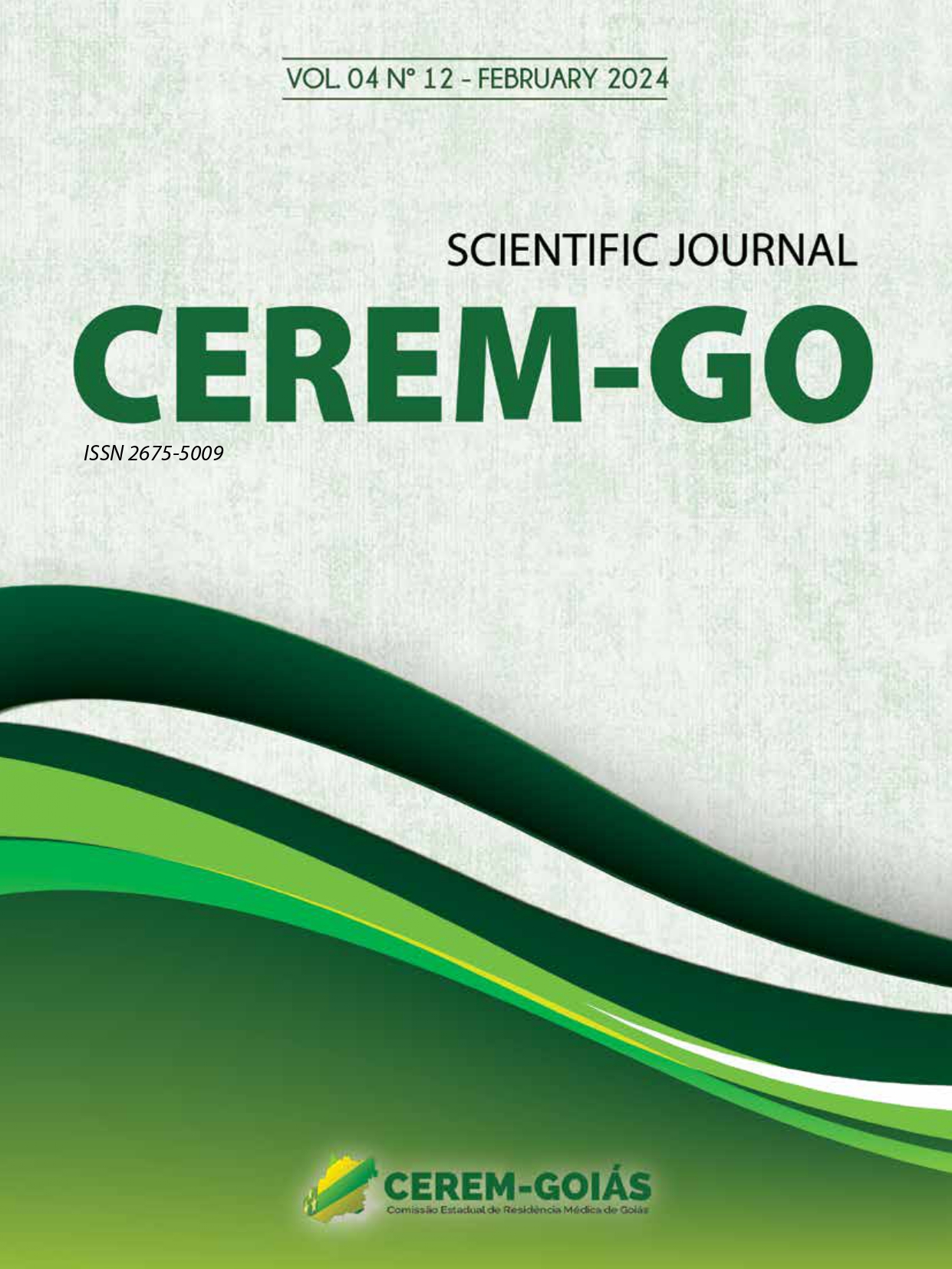EVALUATION OF PREDICTORS IN-HOSPITAL MORBIMORTALITY WHITH PATIENTS UNDERGOING URGENCY AND EMERGENCY SURGERY
DOI:
https://doi.org/10.37951/2675-5009.2024v4i12.119Keywords:
PERIOPERATIVE MORTALITY, NON-ELECTIVE SURGERIES, PERIOPERATIVE CAREAbstract
According to data from the WHO, 254 million surgeries are performed every year around the world. Of these, around 7 million patients suffer some post-operative complication and one million die. Urgent and emergency surgeries are identified as independent predictors of mortality and perioperative care is essential for the patient’s good clinical development. This study aimed to characterize the population undergoing this type of procedure at HC-UFG and identify clinical and surgical factors related to higher mortality in the intraoperative period up to the seventh postoperative day. This is an analytical, prospective study. Data were obtained by reviewing patient records and printed anesthesia records. In the assessment of postoperative complications, the Postoperative Morbidity Survey scale, developed and validated specifically for this purpose, was used. 71 patients were followed, aged 41.7 +/- 24.5 years. 42.2% had some pre-operative risk situation. The presence of complications was observed in 40.8% and 8.4% died. Anemia (odds ratio [OR] 16.0, p < 0.05), major surgery (OR 13.3, p < 0.05), acute or acute chronic renal failure (OR 16.8, p < 0 .05) and September (OR 0.5, p < 0.05) were significant for the occurrence of complications. These results may reflect the high complexity of the institution’s patients. Knowing the profile of patients served helps in defining management strategies and creating specific lines of care for high-risk groups.




